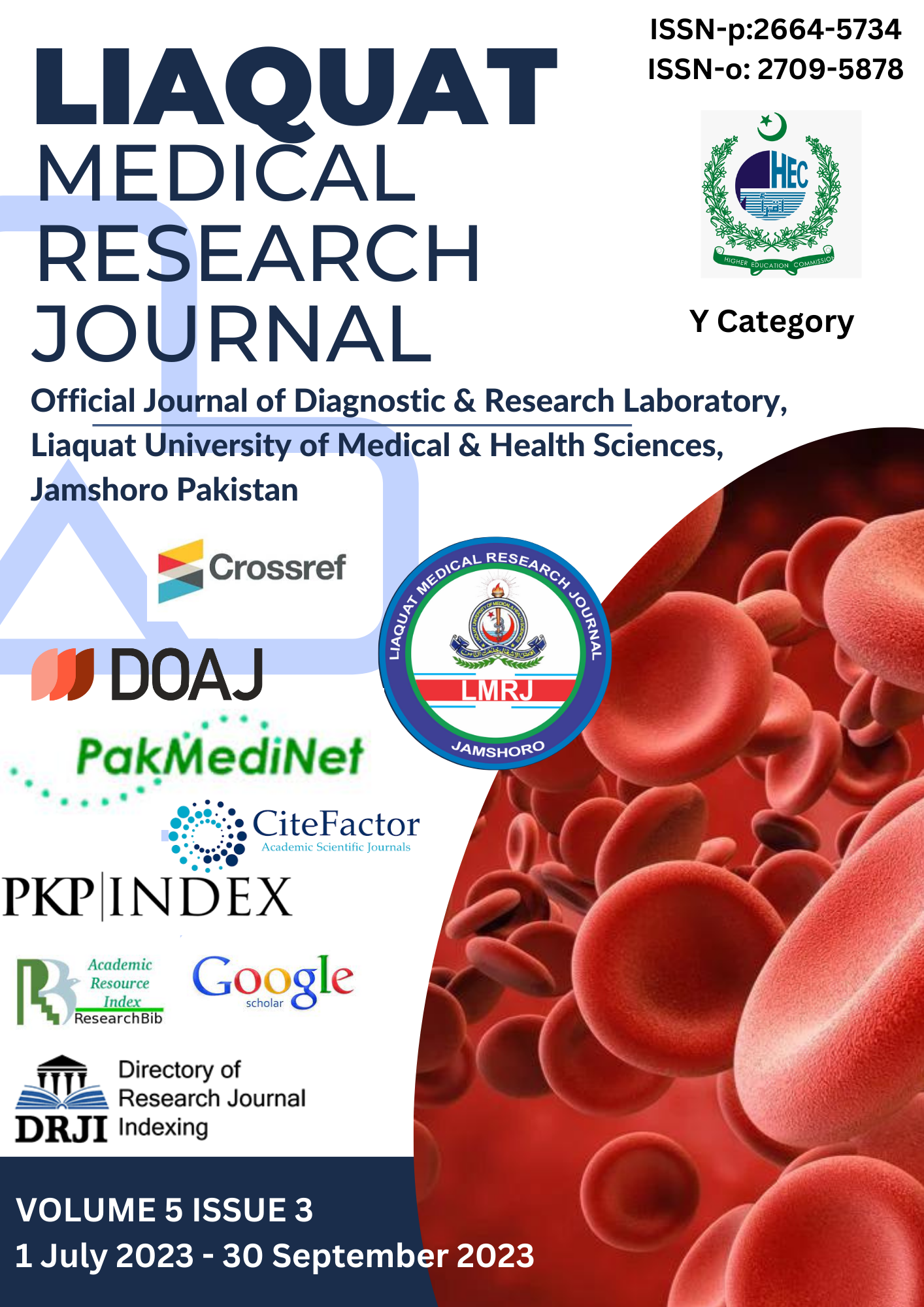Post-tuberculous meningitis hydrocephalous- A case report
DOI:
https://doi.org/10.38106/LMRJ.2023.5.3-10Keywords:
Tuberculous meningitis, Hydrocephalous, Post TBM HydrocephalousAbstract
Mycobacterium tuberculous bacteria infect host lungs while inhaling them from the external environment, causing a localized infection with a potential to spread to local lymph nodes. The bacilli have the property to disseminate to other organs including Central Nervous System (CNS) and lead to tuberculous meningitis (TBM). The bacilli may develop tiny sub-pial or sub-ependymal rich foci. These rich foci get larger as the illness worsens and may finally burst into the sub-arachnoid region, causing meningitis. Tuberculous meningitis is linked to a high mortality rate. The majority of TBM patients who survive have long term neurological disabilities. This case was presented to Aga Khan University Hospital Karachi, Pakistan and the patient has taken Leave Against Medical Advice twice due to financial crises.

Downloads
Published
How to Cite
Issue
Section
Categories
License
Copyright (c) 2023 Kashif Khan Kashif Khan, Muhammad Nasir, Shenila Shamsuddin

This work is licensed under a Creative Commons Attribution-NonCommercial-NoDerivatives 4.0 International License.
Copyright: Open access journal copyright lies with authors and protected under CC BY-NC-ND 4.0 licence (https://creativecommons.org/licenses/by-nc-nd/4.0/).









